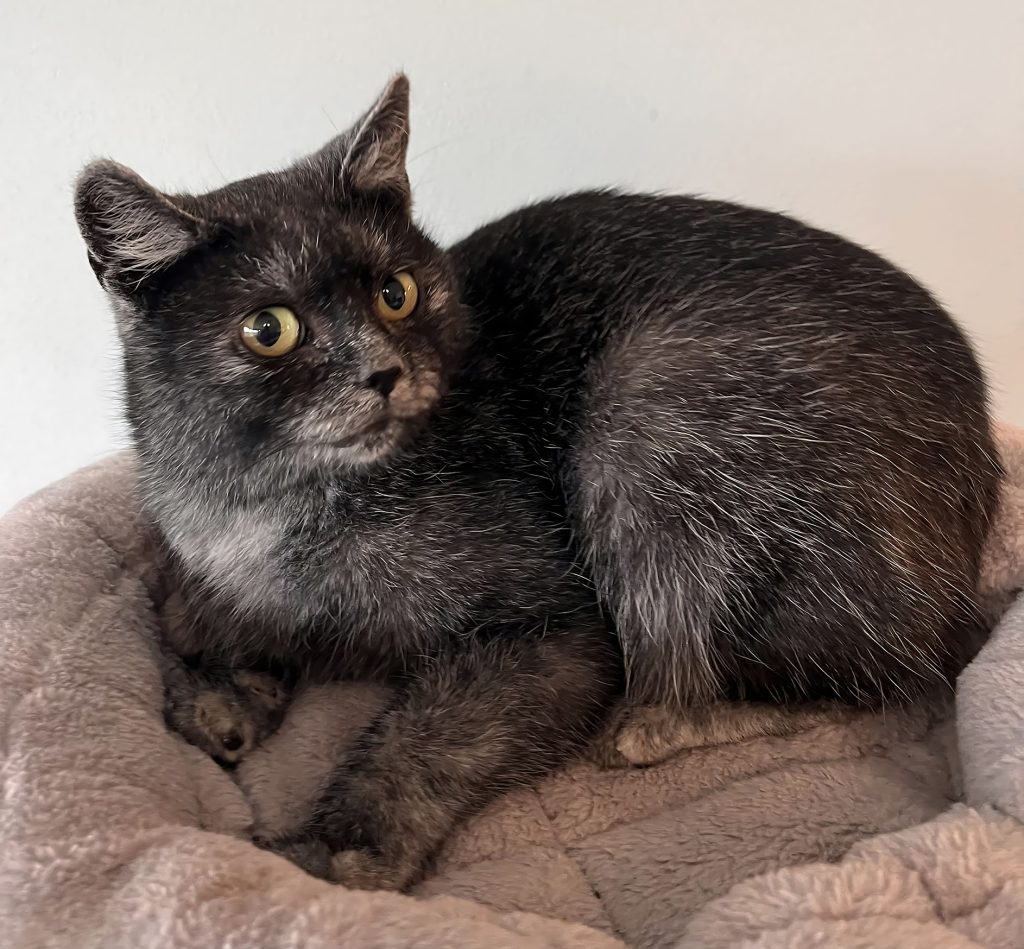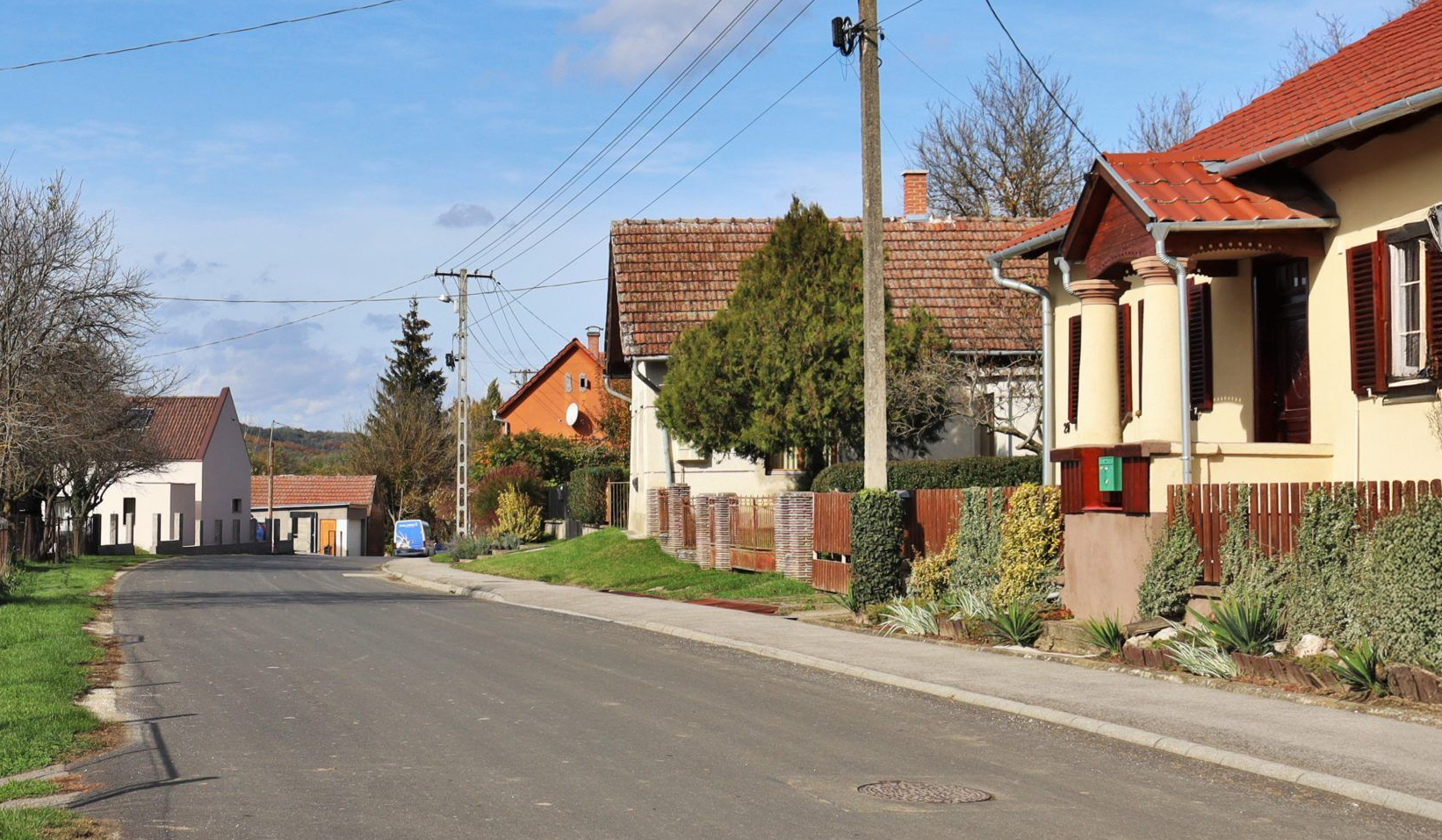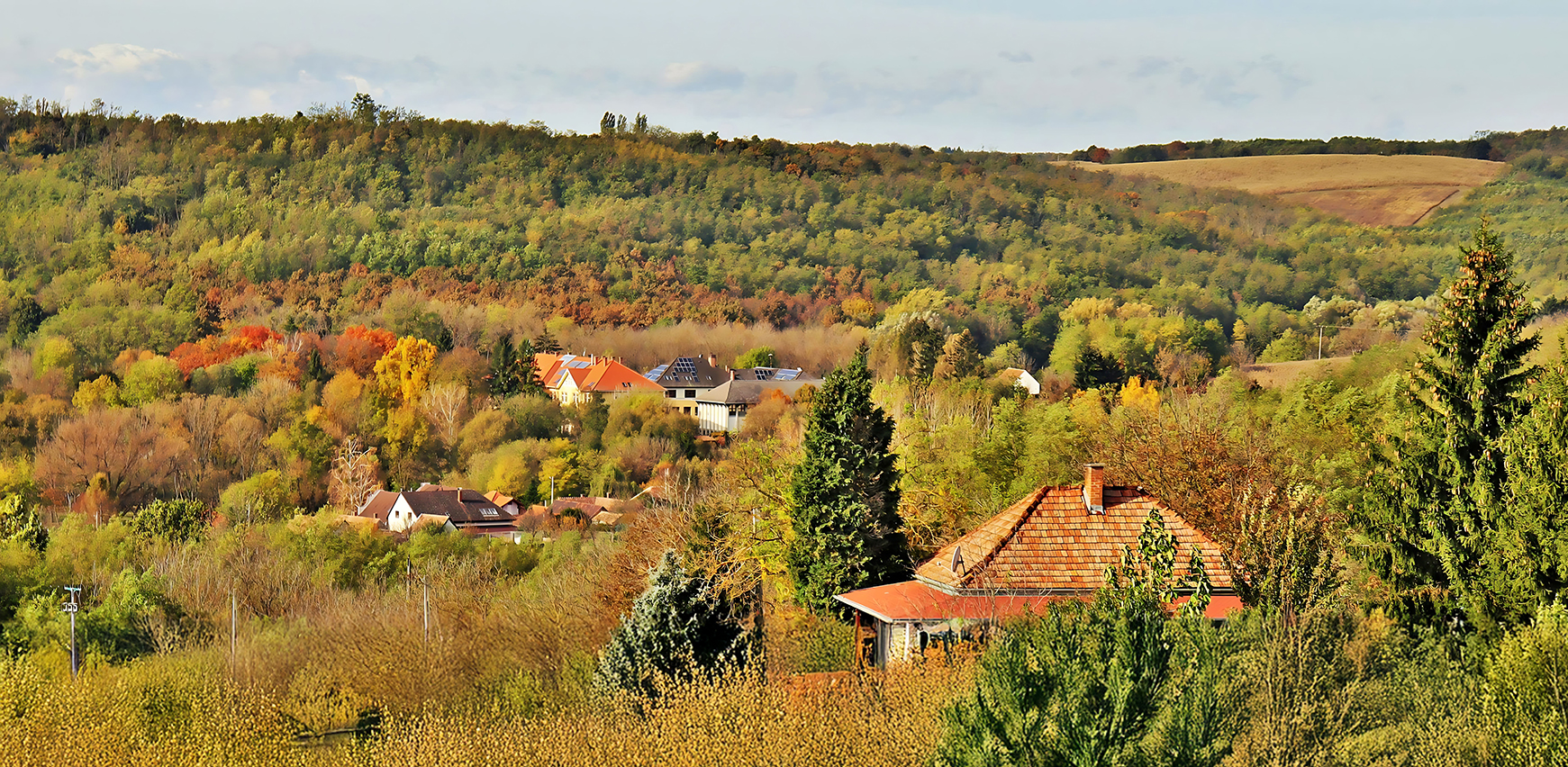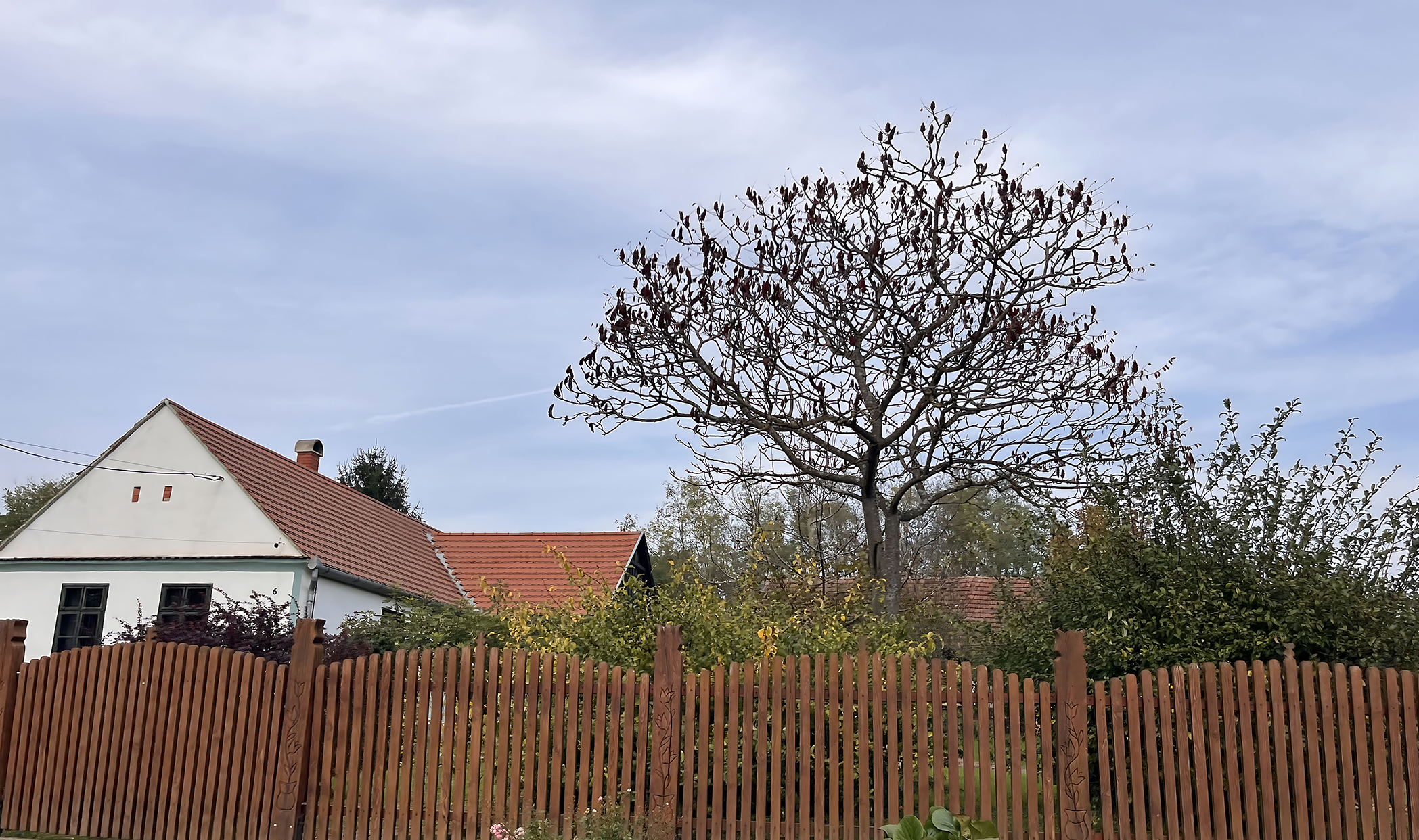GREYHEART TRANSYLVANIAN CATTERY
The history of Csapi
is rich and diverse, serving as an example of medieval noble families, religious communities, and collective cooperation. The village belongs to the Nagykanizsa district in Zala County and is located in the Zala Hills, on the Zalaapáti ridge. It is situated to the northeast of Nagykanizsa and can be accessed by road from Galambok and Zalasárszeg via Highway 7.
The name Csapi originates from the medieval Choppy family, who were the landowners of the village. In the 15th century, András was a landowner here, followed by his relative, Bornemissza János, whose estate was located in the village. In 1546, the Kerecsényi Nagy family, and later the Kerecsényi Zala family, received the village as a donation. In 1752, Niczki György received it as a gift, and he elevated the estate to a noble status, establishing a manor here.
The religious life of the village was shaped by Catholic and Protestant communities. The Catholic church was consecrated in 2019, after the local community, following decades of effort, built a new church through cooperation, donations, and state support.

The coat of arms of Csapi originates from the Choppy family, which played an important role in the medieval history of the village. The coat of arms depicts the Virgin Mary (Our Lady), holding a white and green stemmed lily in her right hand, with her left hand raised protectively. Above her head, there are 12 golden stars arranged in a semicircle. In the third (red) field, there is a green hill with a golden castle tower. The name “CSAPI” appears above the shield.
Thus, the history of the village is based on the legacy of medieval noble families, religious traditions, and community cooperation, reflecting the beauty of the Zala landscape and its historical heritage.
is an experienced, mature Transylvanian female, born and raised in the village of Csapi, Hungary. In the autumn of 2024, she joined us along with her “family.” Her lineage leads back to unique historical roots that are worth exploring in more depth.
During our research, we found that one of Mimi’s notable ancestors was among the cats of Countess Malvin Niczky. Based on our collection of data, it is most likely that the Transylvanian cat originated from the Carpathian region and was brought to Zala County from the Countess’s estate, where the family had a hunting lodge.

In the early 19th century, HUNGARY
Hungary was one of the largest and most significant countries in Europe, forming a central part of the Habsburg Monarchy. During this period, the Hungarian nobility exerted exceptional economic and cultural influence, and the country’s territory became a key factor in international cooperation. The Hungarian landowning class played a vital role not only in the life of local communities but also contributed significantly to regional development through innovation and advancement.
Malvin Niczky came from Trencsén, part of the historical Kingdom of Hungary, now in modern-day Slovakia, to Zala County. The Countess settled in the region with her husband’s family, where they began an extensive estate development. They built a hunting lodge in Zala, which became the center of noble lifestyle.

Malvin Niczky played a central role not only in managing the family estate but also paid particular attention to developing local economic and cultural life. She supported the modernization of agriculture, introduced new farming techniques, and placed great emphasis on animal husbandry, including the care and improvement of domestic animals. The Countess also encouraged the growth of local communities: she initiated infrastructural developments around her estates, such as the construction of roads and bridges.
Malvin Niczky was passionately fond of animals. Cats received special attention at the Countess’s court, being not only her beloved companions but also symbols of status. According to local accounts, the Countess brought cats with her from Trencsén, originating from the Carpathian region. These animals likely played a significant role in the formation of the local cat population in the years that followed.

Even a few decades ago, residents of Csapi village remembered cats showing features characteristic of the Transylvanian breed. This supports the assumption that the genes of the cats introduced by the Countess had a long-term impact on the local population.
Mimi-Csapi GreyHeart is a direct descendant of these cats and has inherited the distinctive genes of the Transylvanian breed. The complete mapping of the Transylvanian genetic background is still underway: genetic samples from Mimi’s family (her daughter, granddaughters) are being studied by American geneticist Dr. Leslie Lyons, who is working on identifying the gene responsible for the Carpathian color variant of the breed.
The genetic testing of the Csapi family covers a wide range of phenotypic and genotypic traits. The phenotypic analysis focuses on external features of the animals—such as coat color, coat structure, and body conformation—while genotypic testing uses genetic markers to study inheritance patterns and breed purity. The goal of the DNA-based testing is to reveal the distribution of specific genes that determine the distinctive traits of Transylvanian cats and to ensure the preservation of genetic diversity within the breeding program.
As a result of these studies, we will gain a more accurate picture of the breed’s origin and future development, thereby securing the Transylvanian cat’s pure lineage and healthy genetic makeup.
Grey Heart kennel places great emphasis on avoiding inbreeding to preserve the genetic diversity of Transylvanian cats. To this end, we incorporate external bloodlines into our breeding program. Recently, we welcomed two kittens and their mother, all belonging to the Transylvanian breed. The newcomers are developing beautifully and quickly won the hearts of our family with their friendly nature; their genetic testing is currently in progress.
Mimi-Csapi GreyHeart and her companions are living proof that the heritage of the Transylvanian cats lives on. As breeders, we are committed to the preservation, development, and promotion of this exceptional breed. Both the memories of the past and our current work serve the same purpose: to ensure that this unique cat breed continues to be part of the history and everyday life of the Carpathian Basin for a long time to come.











